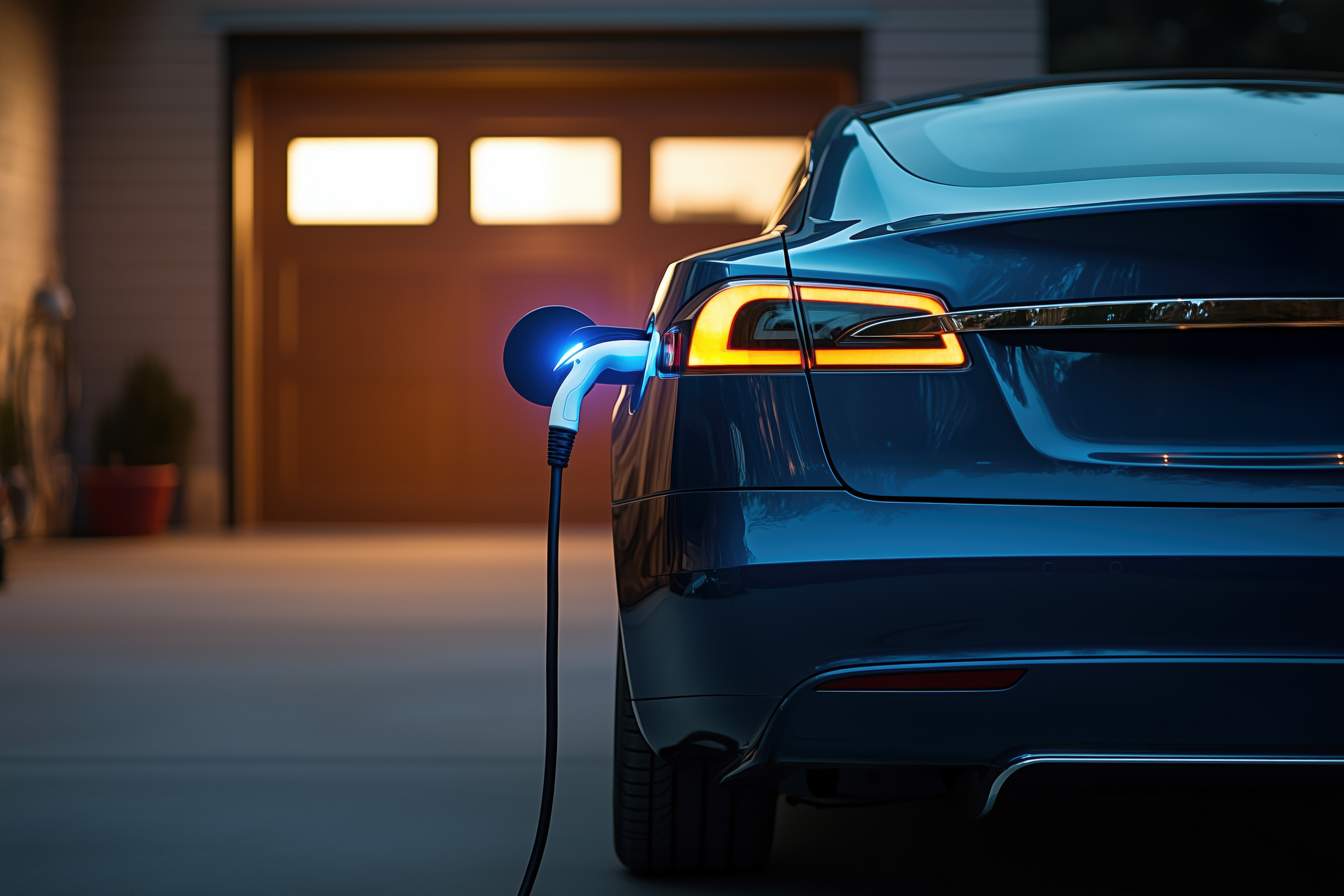Unlike traditional internal combustion engines, electric vehicles (EVs) use rechargeable batteries that store electricity to power a car. Anyone considering switching to an electric vehicle will want to have a good understanding of the typical lifespan of an EV battery, as they’re typically the most expensive part of an electric vehicle. So, how long do EV batteries last?
Average EV Battery Lifespan
An EV batteries typically last about 10 to 20 years on average. Most electric vehicle manufacturers offer a minimum warranty of 8 years or 100,000 miles, so you can have peace of mind knowing your EV battery will be protected for several years after you purchase your vehicle.
That said, there are numerous factors that can impact the lifespan of an EV battery. Understanding these factors can allow you to form habits that will prolong your EV battery’s lifespan as much as possible.
[Note: There is an answer box for the term “how long do ev batteries last.” The section above has been written to target this opportunity.]
Factors That Impact EV Battery Longevity
The lifespan of an EV battery is influenced by several factors, each playing a crucial role in determining how long it will perform at its best. From the type of battery used and charging habits to environmental conditions and driving patterns, these elements can all affect how quickly a battery degrades over time.
Here are some of the most influential factors when it comes to your EV battery’s lifespan.
The Type of EV Battery
The type of battery used in an electric vehicle plays a significant role in its overall lifespan. Most all-electric vehicles are equipped with lithium-ion (Li-ion) batteries, which store a large amount of energy and offer efficient charging. However, over time, lithium-ion batteries tend to lose their capacity, leading to reduced driving range and charging efficiency. This gradual decline in performance is a characteristic trait of Li-ion batteries as they age.
On the other hand, nickel-metal hydride (NiMH) batteries, which are more commonly found in hybrid vehicles, are generally more durable in moderate climates. However, they are more susceptible to performance issues and a shorter lifespan when exposed to extreme temperatures, both hot and cold.
Driving Habits
Your driving habits also have a significant impact on the lifespan of your EV's battery. Aggressive driving, such as rapid acceleration or hard braking, puts extra strain on the battery by using more energy than smooth, steady driving. In the short term, this can reduce your car's driving range, but over time, it can also wear down the battery, shortening its overall lifespan.
Maintenance Habits
Your maintenance habits, particularly how you charge your EV, can significantly affect the lifespan of its battery. There are three primary charging methods: Level 1, Level 2, and DC fast charging. Level 1 charging uses a standard household outlet and is the slowest option, taking several days to fully charge the battery. Level 2 charging, which requires a 220-volt charger installed in your home, is faster and can fully charge your vehicle within a few hours. DC fast charging, commonly found at public charging stations, is the quickest method, capable of restoring 80% of the battery's charge in about 30 minutes. However, frequent use of DC fast charging can stress the battery, potentially reducing its lifespan over time. Level 2 charging is the most recommended method for daily use, as it provides a good balance between speed and preserving the battery’s health in the long run.
Additionally, the frequency of battery discharges and recharges can take a toll. Each cycle, whether a full discharge or partial, stresses the battery and contributes to its gradual degradation. The more often these cycles occur, the greater the cumulative effect on battery life, making moderate, consistent driving habits essential for maximizing longevity.
Environment
The environment plays a crucial role in determining the lifespan of an EV battery, particularly temperature. Extreme heat or cold can hinder a battery's ability to produce energy efficiently. While lithium-ion batteries are more resilient to environmental extremes compared to nickel-metal hydride batteries, they are still affected by temperature fluctuations. The ideal temperature range for optimal battery health is between 68 and 86 degrees Fahrenheit. Keeping your EV within this temperature range, when possible, can help preserve the battery's longevity and ensure consistent performance.
How to Extend Your EV Battery’s Lifespan
Maximizing the lifespan of your EV battery is essential for maintaining performance and minimizing long-term costs. Here are some key strategies to help prolong the life of your battery:
- Avoid extreme temperatures: Store and charge your vehicle in a climate-controlled environment whenever possible. Extreme temperatures can accelerate battery degradation, so try to avoid leaving your car in direct sunlight or in extreme cold for extended periods.
- Charge wisely: Instead of fully charging your battery to 100% or allowing it to drop to 0%, aim to keep the charge between 20% and 80%. This reduces stress on the battery and helps preserve its capacity over time.
- Use Level 2 charging for daily use: While DC fast charging is convenient, it can stress the battery if used regularly. For daily charging, opt for Level 2 charging, which is gentler on the battery.
- Drive gently: Avoid aggressive driving habits, such as rapid acceleration and hard braking, which can strain the battery and reduce its range. Smooth driving helps preserve the battery’s health.
- Regularly maintain your vehicle: Keep up with routine maintenance and ensure that the battery management system (BMS) is functioning correctly. This helps prevent issues related to overheating and charging cycles.
- Minimize long-term storage at full charge: If you need to store your EV for an extended period, keep the battery charge level at around 50%. This helps prevent battery degradation during prolonged inactivity.
You Can Help to Extent the Lifespan of Your EV’s Battery
While the lifespan of an EV battery can vary depending on factors like battery type, driving habits, maintenance, and environmental conditions, most modern EV batteries are designed to last between 10 to 20 years. By understanding the key elements that impact battery longevity—such as proper charging techniques, gentle driving habits, and ideal storage conditions—you can maximize the lifespan of your EV battery and maintain optimal performance over time.
Gexa Energy offers EV charging plans to help you save on charging your electric vehicle. Learn more about what we offer.






































